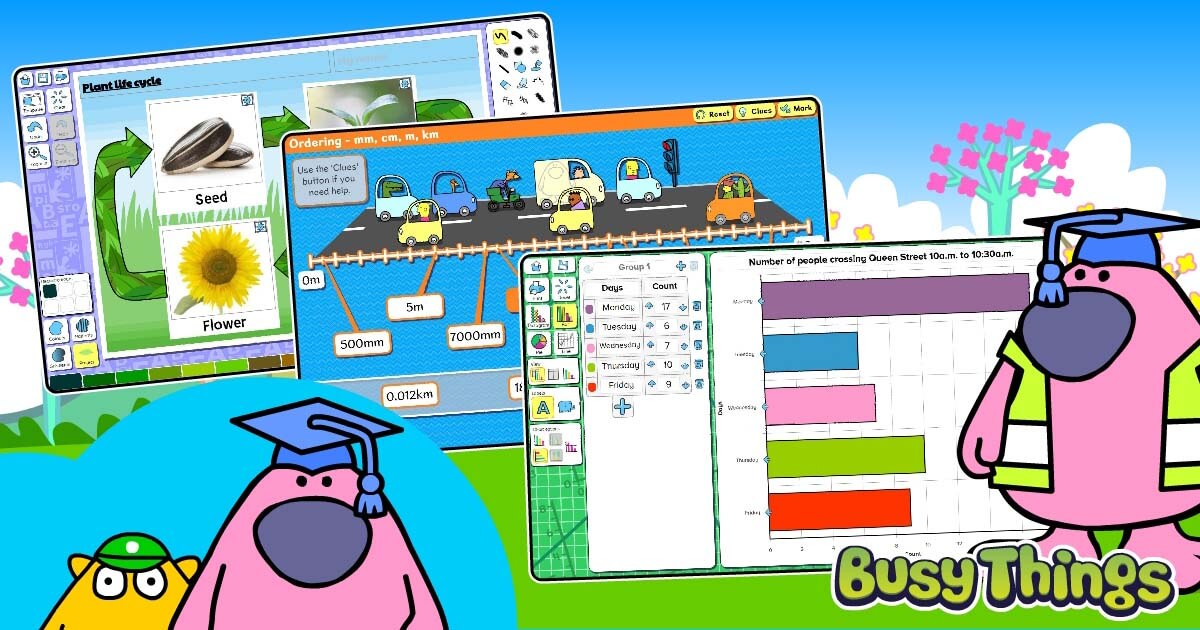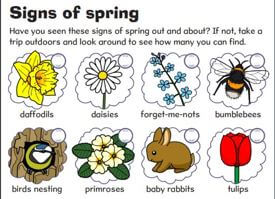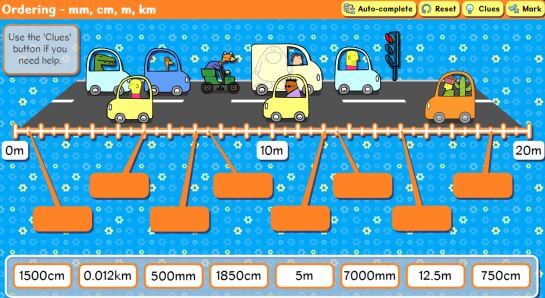Outdoor Learning and Busy Things

The push towards outdoor learning has increased significantly over the last few years. Even before the Covid pandemic, it was claimed that a third of children did not play outside at all, and many of the behaviours learnt during the lockdowns, which impacted socialisation and mobility, are proving difficult to reverse. Outdoor learning, however, is trying to do just that by getting children to interact with their surroundings and each other.
So what is outdoor learning?
When talking about outdoor learning, we’re including all learning that takes place outdoors. Not just forest schools, off-site field trips or outward-bound adventure-type activities. If you’re outdoors and you’re teaching and learning, it basically counts, so whether you’re in the school playground, a local park or a purpose-built educational outdoor learning facility, it’s all good.
And, whatever the activity is, there are so many benefits to taking learning beyond the classroom. These benefits include:
- Supporting wider learning. Seeing how things work in practice simply brings that learning to life, making it much more meaningful and memorable.
- Developing social skills. Outdoor learning activities generally take advantage of the space they’re completed in, meaning there can be more interaction between pupils. This is great for developing teamwork and cooperation skills, especially if the children work in groups that are different to the ones that they normally work in.
- Health and wellbeing. Outdoor learning means the children are connecting with nature more, as they are outside. This can simply be because they are doing something less sedentary in the fresh air or, if we’re thinking about something more physically demanding, because they are learning more about risk-taking and resilience. All have a positive impact on health and wellbeing.
In this blog, we look at how Busy Things can support your outdoor learning opportunities in terms of content and tools. These fall into four areas:
1. Exploring natural habitats
Scavenger hunt-style activities are great for the children to participate in, engaging both their bodies and brains in the learning.

Scavenger hunt-style activities are great for the children to participate in, engaging both their bodies and brains in the learning.
If you’re looking for a traditional hunt, this one from our Spring pack works well if you’ve an area with flowers.

Busy Things also has several identification activities you can tap into, so whether you’re looking to identify different types of trees or flowers or find different insects, we can help.
Our ‘Common trees’ activity is one of these. You can either Auto-Complete the activity to use it as a tick-off sheet or use it as a reinforcement activity once back in the classroom.
2. Learning reinforcement
Growing plants is one of the most popular outdoor learning activities schools choose. It’s part of the KS2 Science curriculum; doesn’t require too much investment and there’s simply nothing more rewarding than seeing children setting seeds, seeing the first shoots and watching the plants mature and flower.
But even if you have the resources and space for 30+ plants, things do not always go to plan.

Busy Things’ Plant life cycle activity is a great back-up in these instances.
If things go well, you can reinforce the learning by importing the photos you took from your own gardening sessions into our templates. If they went less well, you can talk about what went wrong, and use the integrated Clip art photos instead.
3. Educational content
Although we often tend to think about science experiments, observing nature and geography field trips when we think of learning outdoors, the opportunities do not need to be limited to these. Most subject areas can benefit from a change of scenery.
Here are a couple of ideas we’ve come up with, where you can use the content from Busy Things’ activities as a basis:
Ordering activities

Ordering activities are ideal to take outside as you can easily draw a line with chalk on your playground surface and supply the children with the events/things to order on cards.
The events elements to order could be historical size-related as in our example here: Ordering – mm, cm, m, km activity
Or, several of our ordering activities would work, such as:
- Ordering: addition and subtraction
- Ordering: pence and pounds
- Mixed times
- Numerical orders
- Roman numerals
Coding

Practise coding offline with Busy Things’ printable demonstration code box blocks.
The children can work together to put a sequence of commands together and then take turns to perform their routine.
4. Graphing tools
As we’ve mentioned already, a traditional outdoor activity is fieldwork. Linked to geography, this could have you gathering data on any number of situations.

If, for example, you were looking to see if a local street needs a pedestrian crossing, you could:
• count how many people are looking to cross the road at particular times during the day and week
• show your findings as a bar chart, with our Busy graph maker (right)!
Summary
We hope this blog has given you some ideas about how Busy Things can support you with your outdoor learning. As you will have read, our content can continue to guide and reinforce just as it does in the classroom, whilst our graphing tools are ideal for summarising survey findings.
Like what you see? Why not take a 28-day free trial to experience more of Busy Things’ activities?!
We’d love to know more about your experiences too, so if you remember, please do share photos of outdoor learning with us. We love to see all learning in practice and would love to share them with other schools.